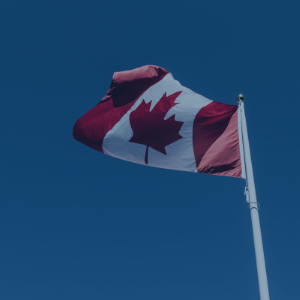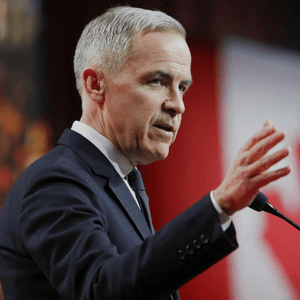Today INNOVATIVE is releasing an in-depth analysis of our political tracking in four of Canada’s smaller provinces: Manitoba, Saskatchewan, New Brunswick, and Nova Scotia.
Manitoba Politics
The Manitoba government continues to receive strong approval (61%) for their handling of the COVID-19 outbreak. Despite this, Premier Pallister’s favourability is down, with 35% saying they have a favourable impression of him compared to 43% in May. Regardless, he is still seen as the best option for Premier.
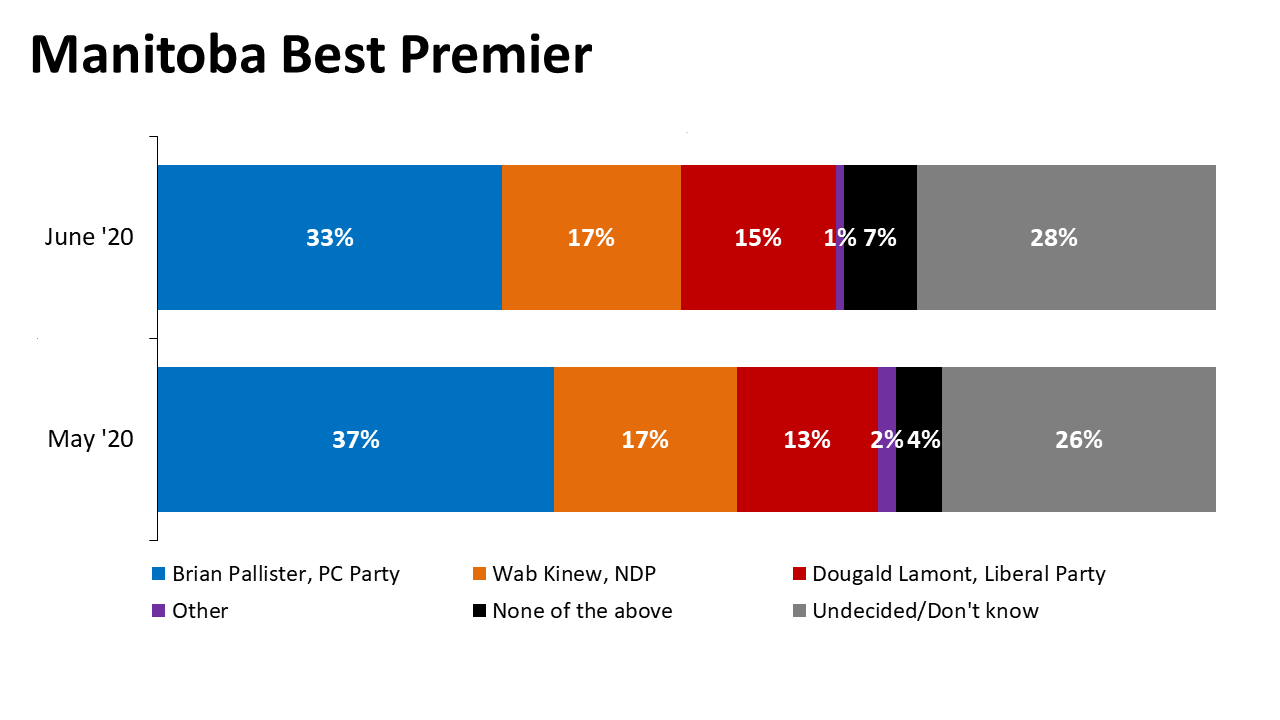
Despite the decline in Premier Pallister’s favourability, the Progressive Conservatives are leading in decided vote by 12 points over both the Liberals and the NDP. Much of their vote share can be attributed to the ‘Business Liberals’ value cluster (40% of whom are voting PC), who the survey finds make up 32% of all Manitobans.
For detailed results on Manitoba, download our report here.
Saskatchewan Politics
Similar to Manitoba, the Saskatchewan provincial government is continuing to see a high approval rating (65%) of their response to the outbreak. With this high approval, Premier Scott Moe is seeing strong favourability numbers as well, which have remained steady over the past month. Close to half (47%) say Scott Moe would make the best Premier, while Ryan Meili of the Saskachewan NDP trails well behind at 29%.
Premier Moe’s favourability is reflected in the Saskatchewan Party’s strong vote numbers, with a plurality (44%) of the vote going to the Saskatchewan Party while the NDP trails at 33%. These numbers are steady month-to-month.
We can gain more insights into vote choice by looking at economic attitudes. We segment respondents by whether they believe “you can be anything you want if you work hard enough” and whether it is getting harder and harder to get by.
The Saskatchewan Party’s vote share is strongest among the two groups who say that you can be anything you want if work hard enough, while those who disagree prefer the NDP by a wide margin.
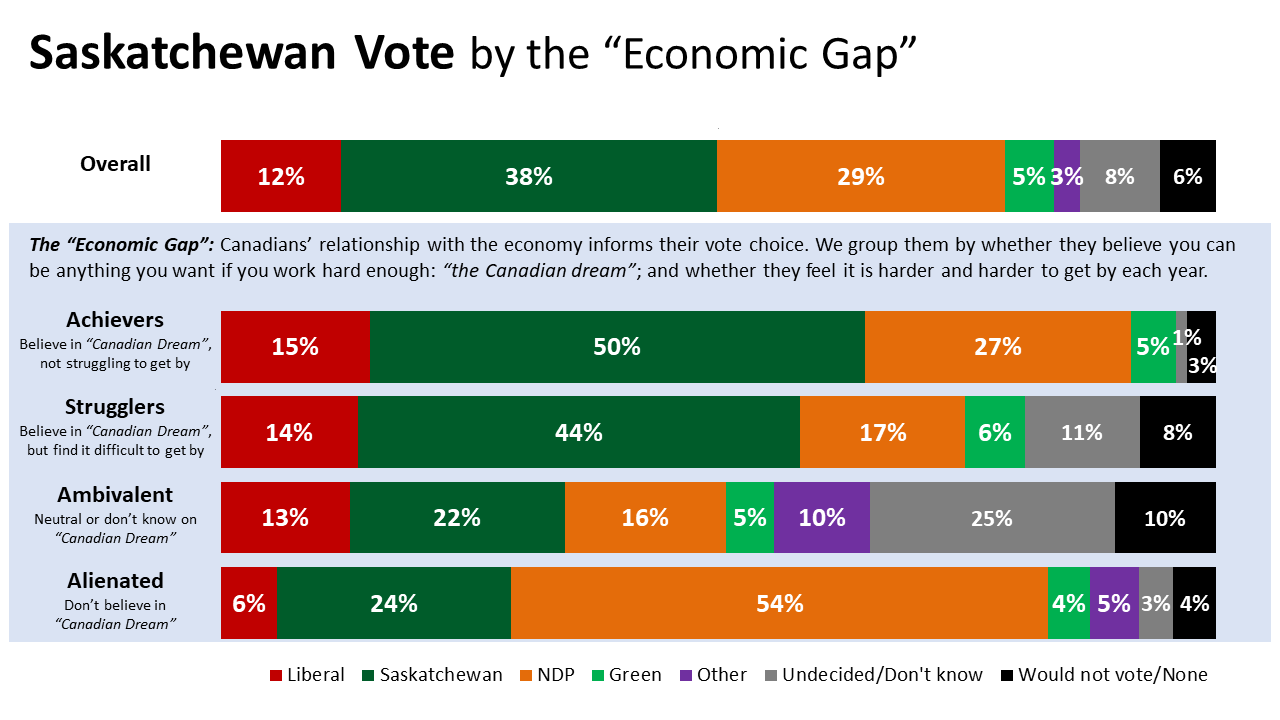
For detailed results on Saskatchewan, download our report here.
New Brunswick Politics
In New Brunswick, the provincial government is receiving widespread approval for their handling of the COVID-19 outbreak, with over 4-in-5 (84%) saying they approve. This is up 11-points from our survey in May (73%).
Premier Brian Higgs leads when it comes to the reputation of the province’s political leaders. 41% more give him a favourable rating than an unfavourable one, a net score which is up 8 points since our previous polling in May. Premier Higgs is also chosen as the best Premier by over 4-in-10 respondents (44%), followed far behind by Liberal leader Kevin Vickers at 16%.
However, Premier Higgs’ personal popularity is not translating into votes. In May we observed a tight race between the PCs and the New Brunswick Liberals, and now in June the Liberals are ahead of the Progressive Conservatives 34% to 26% – an 8-point gap.
When it comes to key economic attitudes (see the Saskatchewan write-up or the deck for full details) the “Dream Achievers” who believe you can be what you want and are not struggling to get by are a key battleground. In this group the PC-Liberal race is tight. The Liberals on the other hand have a large lead among voters who believe you can be what you want, but are currently struggling.
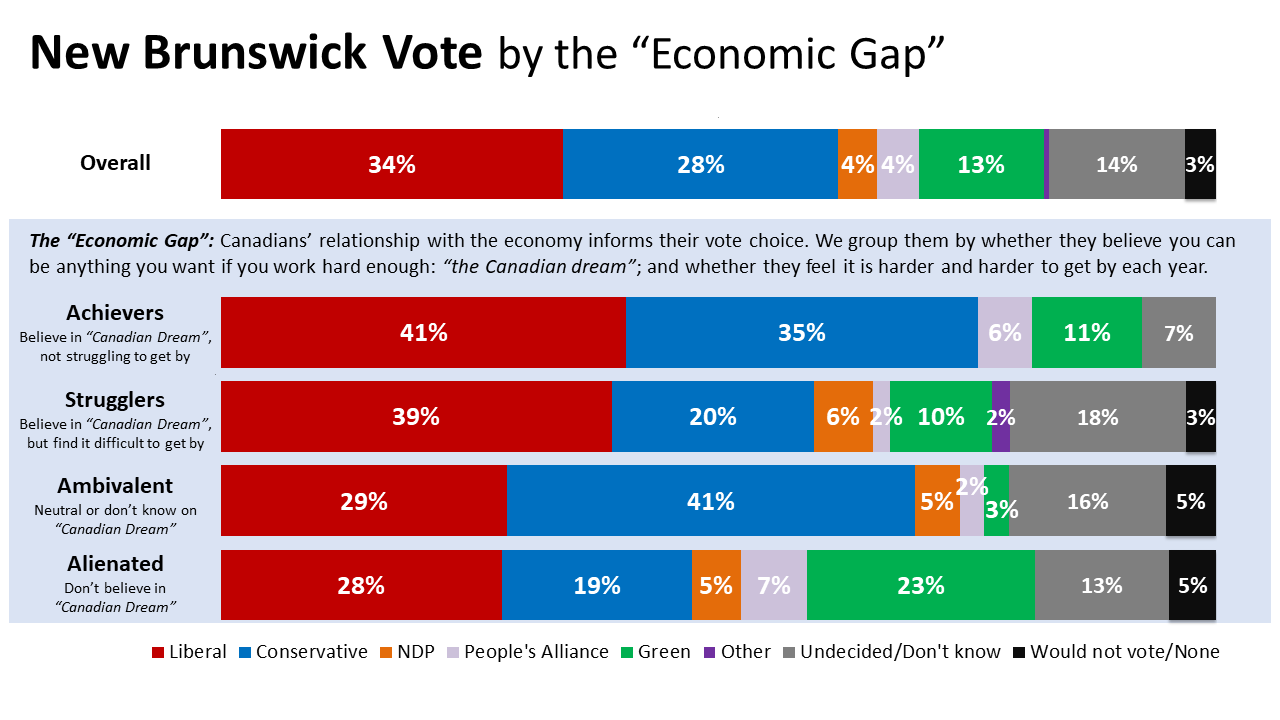
For detailed results on New Brunswick, download our report here.
Nova Scotia Politics
As we see across the country, the Nova Scotia provincial government is also receiving very high approval when is comes to their handling of the COVID-19 outbreak (76%). This rating is up 10-points since our last poll in May.
In terms of Nova Scotia’s political party leaders, Premier McNeil remains the most popular, with 28% more giving him a favourable rating than give him an unfavourable one. Premier McNeil is also far ahead of other leaders on the question of who would make the best Premier at 38%.
The Liberals continue to enjoy a large lead in vote intention 38% to 23%. This is in large part because the Liberals begin with an advantage over the PCs in terms of party identification: 31% of Nova Scotians identify as Liberals, compared to 19% who identify as Progressive Conservatives. In both cases well over 80% of those with a given party identification go on to vote for the same party. Additionally, the Liberals also capture a much larger share of the vote among voters who are unaligned (28% compared to 13% for the PCs). These two conditions combined add up to a sizable Liberal advantage.
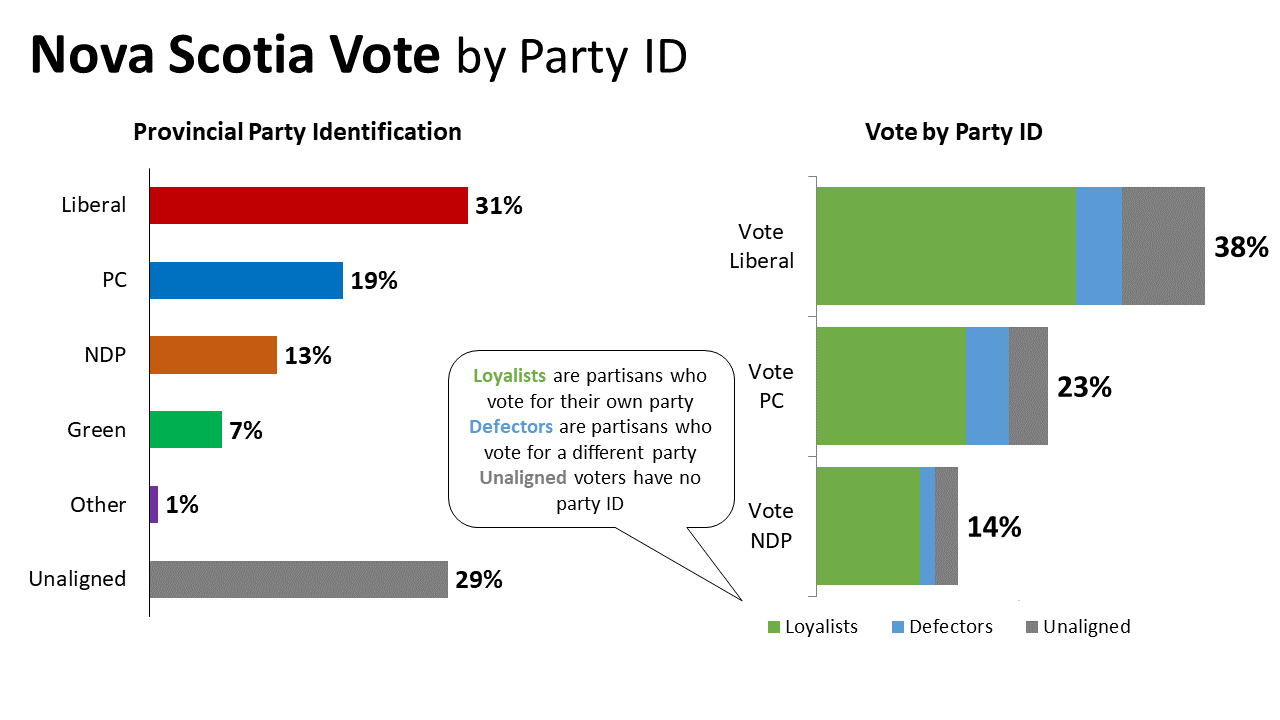
For detailed results on Nova Scotia, download our report here.

